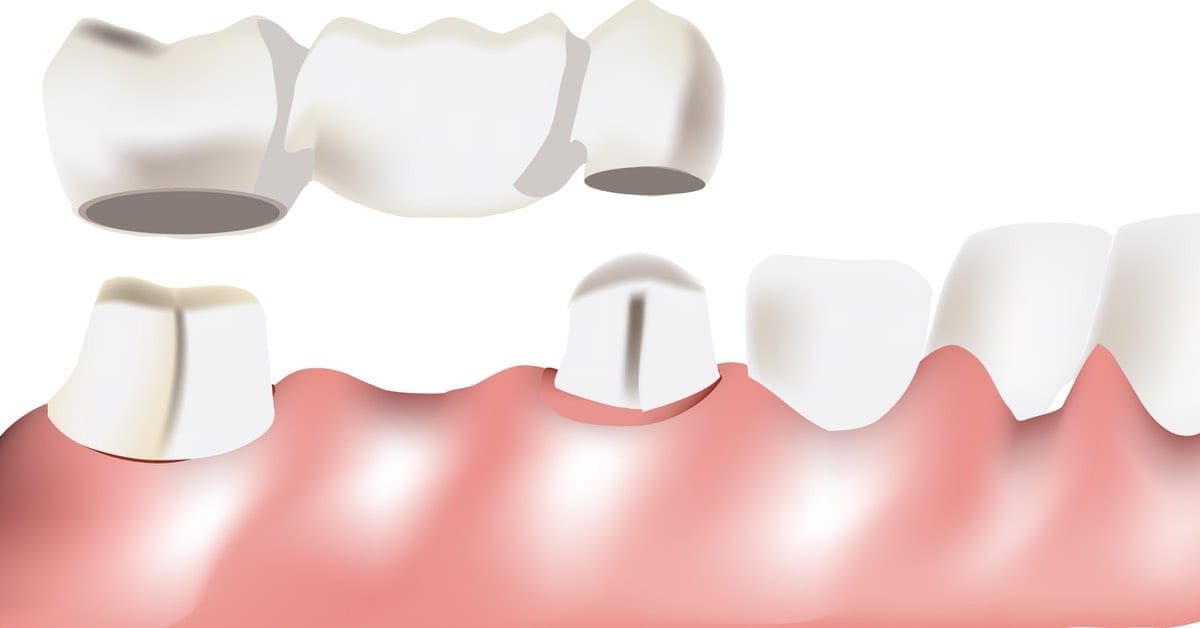The Importance of Dental Bridges
According to the American Dental Association, two-thirds of adults have lost at least one tooth by the time they are 45 years old. The most common reasons are accidents, tooth decay, and root canals that could not save a tooth.
Regardless of the reason for missing teeth, it is important to visit a dentist to replace them as soon as possible. That is because tooth loss presents more than just a cosmetic concern. When you are missing even a single tooth, it causes the remaining teeth to shift towards the open position. This can cause a range of oral health problems, including:
- Problems with your bite
- Improper alignment
- Increased risk of tooth decay, gum disease, and temporomandibular joint disorder (TMJ)
- Facial sagging
What is a Dental Bridge?

A dental bridge relies on the support of neighboring teeth to conceal the spot left by missing teeth. A dentist attaches one or more replacement teeth to the supportive hardware when he or she installs your dental bridge. The type that your dentist places depend on your unique situation. The most common types of bridges include:
- Fixed bridge: With this type of bridge, your dentist attaches a crown to either end with your new replacement teeth between them. The crowns go on top of your natural teeth to the immediate left and right of where he or she is replacing your missing teeth. Your new teeth rest securely on your gum line. Your dentist can place a fixed bridge at any location in your mouth.
- Resin-bonded bridge: Also known as a Maryland bridge, a resin-bonded bridge includes replacement teeth that cover a gap in your mouth. Your dentist attaches metal bands to the neighboring teeth for support. This type of bridge is ideal when you are missing teeth in the front of your mouth because your dentist can place the metal bands behind the teeth. It’s also a good alternative when your supporting teeth are still strong and don’t need a crown.
- Cantilever bridge: This type uses only one nearby tooth for support. It is usually the best solution to replace a missing tooth in the back of your mouth or another location when only one tooth is available to provide anchoring support.
Dentists can create new dental bridges from alloy, gold, porcelain, or a combination of these materials. Your dentist considers your preferences, budget, and tooth replacement needs when making a specific recommendation.
Dental Bridges, Are They For You?
To learn more about dental bridges, contact Suburban Essex Dental located in West Orange, NJ.
Our friendly staff and professional Dentist, Dr. Paul Feldman will be happy to help. Dr. Paul Feldman, DMD, FAGD, FICOI has been rated “Top Dentist” in the New Jersey Monthly since 2012 and still going strong. Contact Suburban Essex Dental to set up an appointment and we will be happy to help you fix your missing teeth issues as well as any other dental concerns you may have.







